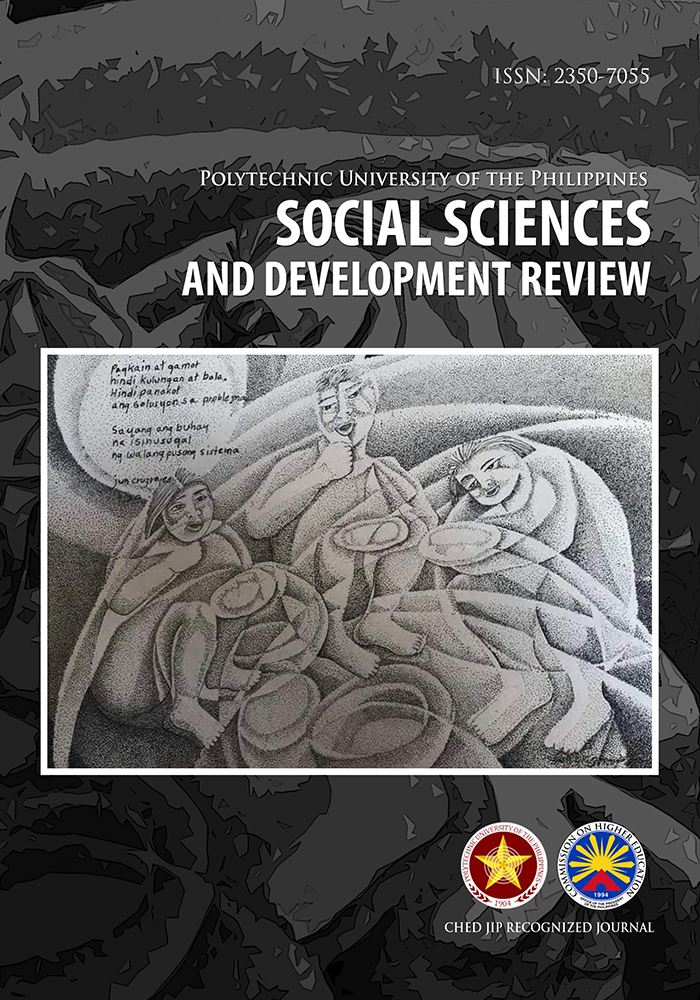Time Series Regression Models and Trends in Drug, Substance Abuse and Index Crimes
DOI:
https://doi.org/10.70922/b3s4nt76Keywords:
drug addition, substance abuse, index crimes, crime rates, correlates, time seriesAbstract
It is vital for the Philippines to understand the time series interrelationship of index crimes and drug/substance abuse amidst its mandate on the “War on Drugs”. The purpose of this paper is to investigate the best fitting forecasting models of the time series trends of index crimes and drug/substance abuse in the Philippines. The study employed three approaches; (1) delineating time series regression models of index crimes with drug/substance abuse as explanatory variables, (2) describing pure time series analysis by ways of autoregressive integrated moving average (ARIMA) and exponential smoothing, and (3) forecasting the time series trends from 2018 to 2022. These were carried out using IBM SPSS professional. The findings of this study demonstrate an association between drug/substance abuse and index crimes. The regression analyses concluded several associations. For example, variations of the time series data in murder can be predicted by reported new and re-admission cases to various rehabilitation centers and reported cases of marijuana abusers. Rape cases are associated with the admission to rehabilitation centers and reported Shabu abusers. Lastly, carnapping is explained by the number of cases of Shabu abusers. Although some research on the relationship between crime and drug abuse is yet to be done, this novice idea on model delineation in its time series trends will be of immense help among policymakers.
Downloads
Downloads
Published
Issue
Section
License
Copyright (c) 2021 Gamaliel G. Gonzales (Author)

This work is licensed under a Creative Commons Attribution 4.0 International License.
Articles published in the SOCIAL SCIENCES AND DEVELOPMENT REVIEW will be Open-Access articles distributed under the terms and conditions of the Creative Commons Attribution-Noncommercial 4.0 International (CC BY-NC 4.0). This allows for immediate free access to the work and permits any user to read, download, copy, distribute, print, search, or link to the full texts of articles, crawl them for indexing, pass them as data to software, or use them for any other lawful purpose.


